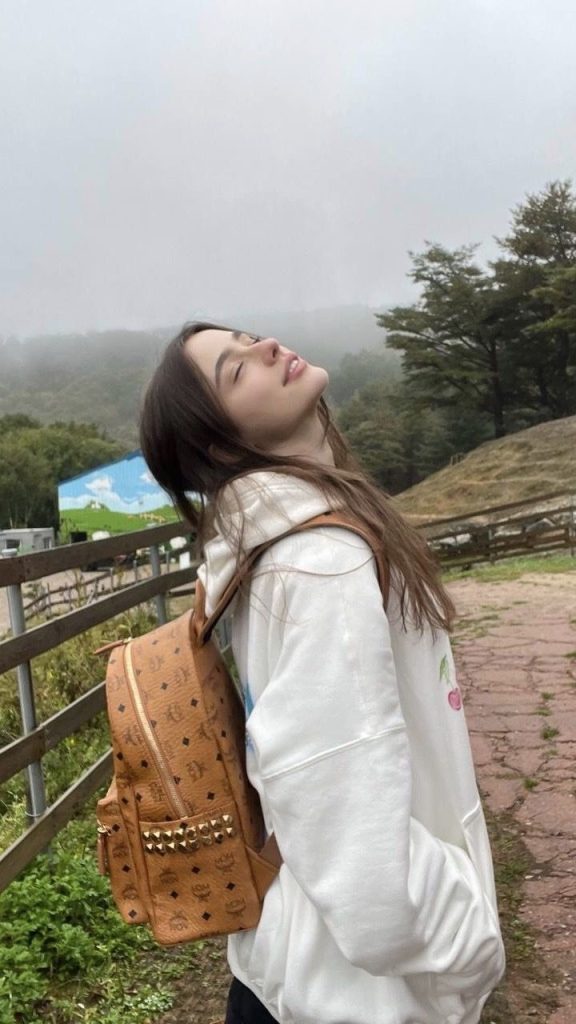Fashion is not confined to the runway, the boutique, or the glossy pages of magazines. It permeates every corner of daily life, subtly influencing how people interact, perceive themselves, and relate to others. While clothing has an obvious purpose of protection and functionality, fashion elevates it into a realm of imagination and self-definition. In the modern world, fashion is no longer a luxury reserved for the elite; it is a fundamental element of lifestyle that affects attitudes, aspirations, and the rhythms of everyday existence. By examining how fashion intertwines with lifestyle, one can see that it is not merely about dressing but about living, experiencing, and shaping personal narratives.
Fashion intersects with lifestyle most immediately through the choices people make in their wardrobes. Morning routines across the globe involve decisions about what to wear, decisions that set the tone for the day. A bright outfit may reflect optimism and energy, while subdued tones may project seriousness and focus. These choices affect mood and confidence, shaping how individuals carry themselves in public and private spaces. Fashion becomes a psychological tool, a means of preparing for the roles people must play, whether as professionals, students, parents, or artists. It is through these daily practices that fashion transcends clothing and becomes part of lived experience.
The influence of fashion on lifestyle is also evident in the way it frames social interaction. Clothing often acts as the first point of communication in encounters, offering silent clues about interests, backgrounds, and personalities. A sports jersey signals passion for athletics, a tailored jacket conveys professionalism, and streetwear reveals a connection to urban culture. These signals foster instant connections and shape social dynamics. The integration of fashion into social identity illustrates its role in lifestyle, as individuals use it to navigate friendships, relationships, and networks. In this sense, fashion is not passive but active in building communities and fostering belonging.
The relationship between fashion and lifestyle extends further into consumer culture. Modern life is shaped by choices about where to shop, what brands to support, and how to balance quality with affordability. For some, fashion becomes a form of self-care, an indulgence that brings joy and satisfaction. For others, it becomes a way of aligning with ethical or minimalist values, where the wardrobe reflects a commitment to sustainability or simplicity. The act of consuming fashion, therefore, is not only economic but also lifestyle-oriented, revealing the values that guide people in their daily existence.
Travel and leisure activities also illustrate the deep connection between fashion and lifestyle. Vacation wardrobes, festival outfits, and sports apparel are not random choices but carefully curated expressions of identity suited to specific environments. The rise of leisurewear, such as yoga pants and athleisure collections, shows how fashion adapts to evolving lifestyles that prioritize comfort, wellness, and flexibility. This blending of functionality and style demonstrates that fashion not only reflects lifestyles but actively adapts to them, shaping how people move, rest, and enjoy their lives.
Technology has intensified the role of fashion in lifestyle. Online shopping platforms allow individuals to curate their wardrobes with unprecedented convenience, while social media provides constant exposure to global trends. Influencers share their daily outfits, inspiring followers to integrate fashion into their routines and aspirations. Virtual try-on tools and personalized recommendations make fashion consumption more interactive and tailored to individual lifestyles. These technological advances show that fashion is no longer a seasonal indulgence but a daily presence, woven into routines through digital devices and virtual communities.
Fashion also affects lifestyle through its impact on career and ambition. Workplace attire has historically been linked to success, authority, and trustworthiness. Even as modern offices become more casual, clothing remains an essential element of professional identity. Dressing appropriately for interviews, presentations, or negotiations can influence opportunities and outcomes. In creative industries, fashion choices often act as part of the portfolio, signaling originality and vision. This connection between fashion and career development highlights how clothing choices extend beyond aesthetics into practical lifestyle dimensions that shape ambition and achievement.
The cultural diversity of fashion enriches lifestyles by offering individuals opportunities to experiment and expand their horizons. Globalization has brought styles from distant regions into daily wardrobes, allowing people to express cosmopolitan values and openness to the world. A lifestyle that embraces cultural fusion through fashion reflects curiosity, inclusivity, and adaptability. Wearing garments inspired by multiple traditions is not only about aesthetics but about adopting a way of life that values diversity and interconnectedness. This cultural layering makes fashion an agent of transformation in how people define and live their lives.
At the same time, lifestyle shaped by fashion can also fall into challenges of excess and superficiality. The fast-paced cycles of trends encourage overconsumption, creating lifestyles centered on constant acquisition rather than mindful living. This has raised awareness about minimalism and slow fashion, movements that encourage individuals to build lifestyles based on fewer but more meaningful possessions. By choosing timeless garments and valuing craftsmanship, people create lifestyles that prioritize quality, sustainability, and authenticity over fleeting trends. Fashion becomes a way of resisting pressures of excess and finding balance in modern life.
Health and wellness have also influenced the intersection of fashion and lifestyle. The popularity of activewear is not merely a trend but a reflection of lifestyles that emphasize fitness, mindfulness, and physical well-being. Clothing designed for flexibility and comfort aligns with routines that include yoga, gym sessions, and outdoor activities. This integration of health-conscious values into fashion demonstrates how clothing adapts to lifestyle shifts and, in turn, reinforces them. The choice to wear comfortable, functional, yet stylish attire creates lifestyles where fashion supports rather than hinders personal well-being.
The transformative power of fashion in shaping modern lifestyle is ultimately about how individuals align their outer appearances with their inner values and goals. Fashion is a tool that allows people to project their desired selves into the world, to live authentically, and to experience their surroundings with greater confidence and meaning. It organizes routines, influences relationships, guides consumption, and even shapes aspirations. Every lifestyle, whether minimalist, extravagant, traditional, or modern, finds expression through fashion.
Fashion’s presence in lifestyle is a reminder that clothing is never neutral. It is an active participant in the stories people live every day, helping them navigate challenges, celebrate achievements, and express their evolving identities. The garments chosen and worn become part of daily rituals, shaping not only how individuals look but also how they feel and act. Fashion transforms lifestyle by weaving creativity, culture, and identity into the fabric of existence, reminding us that to live fashionably is not to chase trends but to align our outward expressions with our inner lives.


